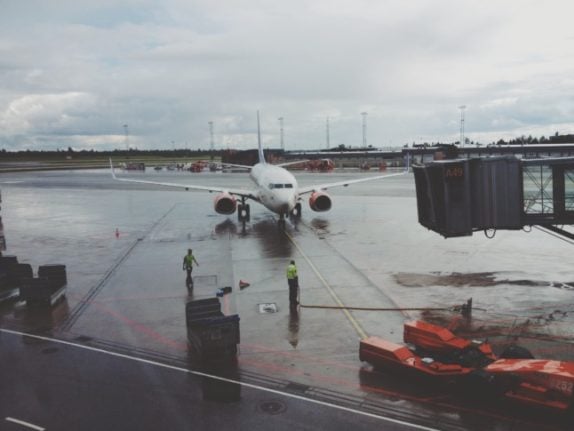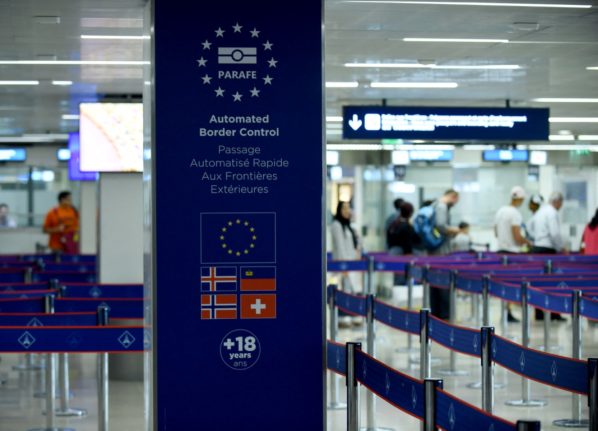From July 19th Norway will reclassify the UK as a “dark red” country, meaning travellers who haven’t received a single vaccine dose or recovered from Covid-19 and cannot prove so with either the EU or Norwegian Covid certificate will be required to enter a quarantine hotel.
Those who have had both their coronavirus jabs or have had Covid in the past six months and have a valid vaccine pass will not have to undergo any quarantine.
Additionally, those who have only received only their first vaccine dose will be able to quarantine at home for three days before taking a PCR test.
The UK was moved from the red country list to the dark red list because it passed the threshold of having more than 500 coronavirus infections per 100,000 in the previous 14 days.
As of July 15th, the ECDC reports that the UK has an incidence rate of 571 per 100,000 for the week beginning July 12th.
Arrivals from the UK who haven’t received a vaccine or had Covid will need to enter the hotels, which cost 500 kroner per day for adults and 250 kroner per day for children aged between 10-17, for a minimum of three days.
They will be released from the hotels after returning a negative PCR test taken on day three and will carry out the rest of the quarantine period at home before taking another PCR test on day seven.
They are also obliged to test before their arrival, register their entry into the country and take a test at the border.
Fully vaccinated travellers or those who have recovered from coronavirus in the past six months will not be subject to these entry requirements. However, those with just one dose will be required to register.
The UK will not be moved back to the red list until the Covid incidence rate returns below 500.
The entry rules for the UK will remain the same, meaning residents, citizens, and the close family and partners of those still in Norway will be able to visit.
Reader Question: Will Norway allow vaccinated Americans to travel to Norway?
Quarantine free entry for travellers without a vaccine pass from mainland France and Greece will also end on Monday. Belgium, the Faroe Islands and Malta will also be moved from the green list.
Entry will now be restricted to vaccine pass holders, residents, citizens and the partners and close family of people who live in Norway. This is because they surpassed the threshold for green countries. You can read more about the thresholds for Norway’s travel rules here.
Those without a vaccine pass will be required to register their entry, test before arrival, test at the border and quarantine for seven days. Quarantine can take place either at home or somewhere with a private bedroom or bathroom.
Latvia will turn green, meaning entry is open to all travellers. Quarantine won’t be required either, but arrivals will need to test before and once they arrive as well as register. You can read about the entry requirements for green, orange/red, dark red and purple countries here.
You can read the complete list of changes to Norway’s travel rules here.



 Please whitelist us to continue reading.
Please whitelist us to continue reading.
Member comments